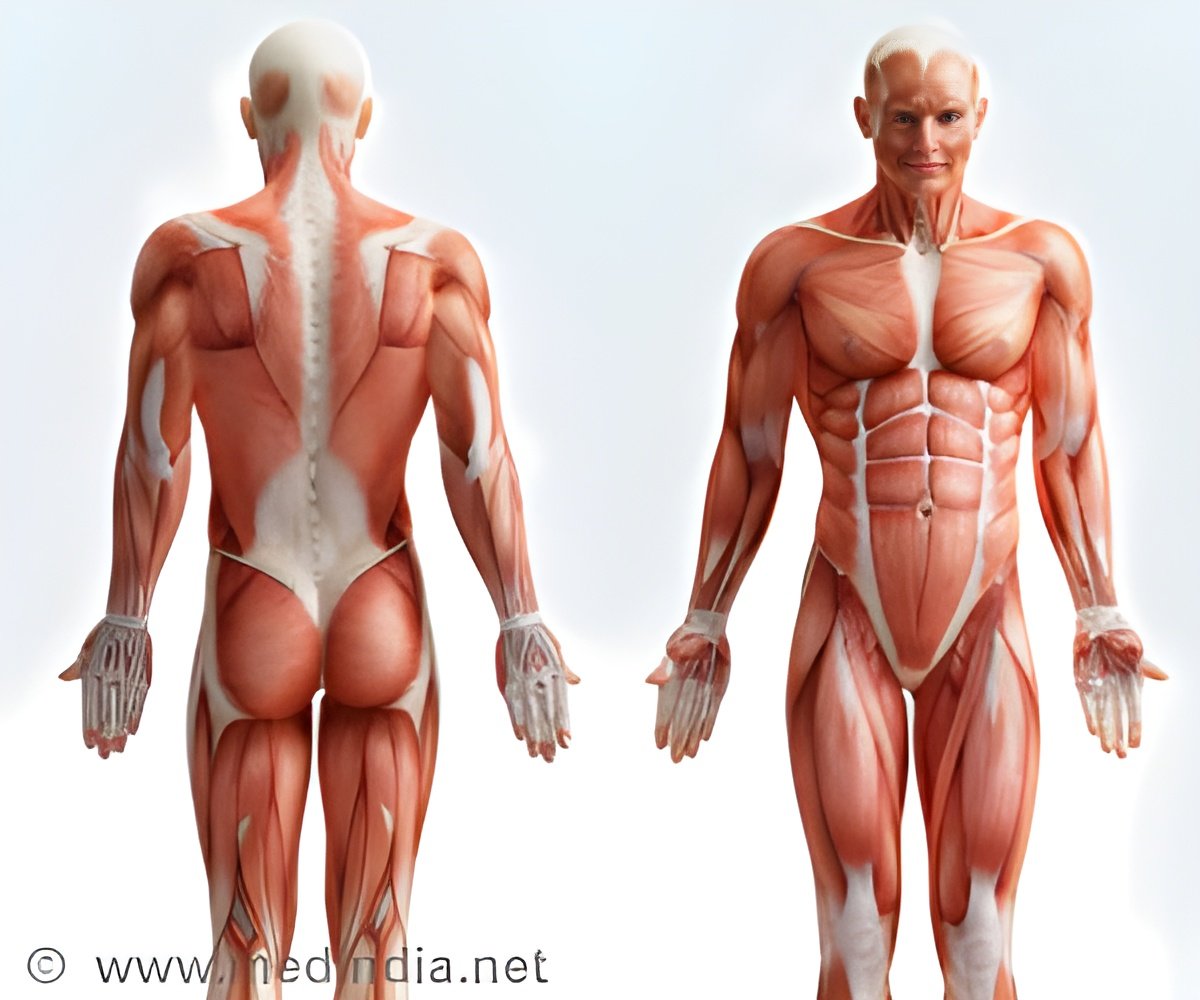
He said that using a simple design and inorganic materials, they achieve superior performance in power density and speed over the motors and actuators now used in integrated micro-systems.
Wu and his colleagues fabricated their micro-muscle on a silicon substrate from a long "V-shaped" bimorph ribbon comprised of chromium and vanadium dioxide.
When the V-shaped ribbon is released from the substrate it forms a helix consisting of a dual coil that is connected at either end to chromium electrode pads.
Heating the dual coil actuates it, turning it into either a micro-catapult, in which an object held in the coil is hurled when the coil is actuated, or a proximity sensor, in which the remote sensing of an object (meaning without touching it) causes a "micro-explosion," a rapid change in the micro-muscle's resistance and shape that pushes the object away.
Wu said that the multiple micro-muscles can be assembled into a micro-robotic system that simulates an active neuromuscular system, asserting that the naturally combined functions of proximity sensing and torsional motion allow the device to remotely detect a target and respond by reconfiguring itself to a different shape.
Advertisement
Source-ANI








